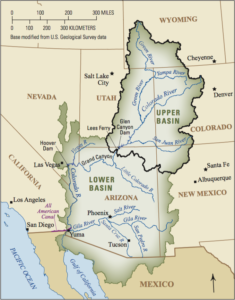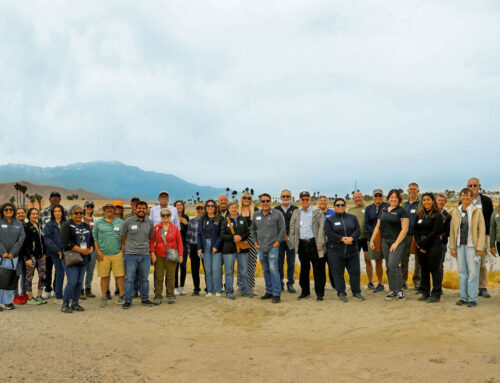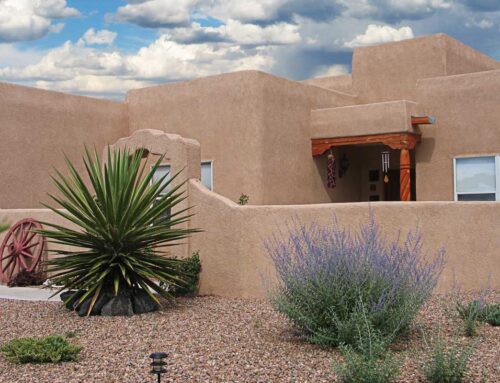Most people realize the impact local weather conditions have on the water supply for the Coachella Valley, but many don’t consider that drought conditions thousands of miles away also impact our water.
While drinking water for the Coachella Valley comes from our local water basins, those basins are recharged with water from the Colorado River Basin via the Colorado River Aqueduct. While the aqueduct itself is not threatened, the supply has faced significant challenges in recent years.
The Colorado River Basin stretches across seven states: Wyoming, Utah, Colorado, New Mexico, Arizona, Nevada and California. Agreements dating back to 1922 allocate how much water each state receives from the river.
Since that time, the population in and around the Colorado River Basin has grown exponentially. Today, roughly 40 million people rely on water from the Colorado River. The amount of water flowing through the river has also changed, but not in a positive way.
The Colorado River Basin is currently in the midst of a 19-year long drought. More water is being taken out of the river than is flowing into it. While multiple dams along the river store billions of gallons of water, these reservoirs are now dropping to critical levels.
The seven states included in the Colorado River Basin attempted to reach an agreement on voluntary water reductions. Since a deadline for those talks has passed without consensus, the U.S. Bureau of Reclamation is now in the process of developing a plan to deal with this historic drought. The end result will likely include reductions in the water received by each state.
Lower water allocations to California would have a direct impact on the Coachella Valley. Colorado River water is currently used for agricultural irrigation and to recharge the aquifer. Ripple effects from these reductions would impact people across the region. Farms use water from the Colorado River instead of groundwater to irrigate crops, reducing the demand on our local aquifer. Colorado River water flows into spreading fields, where it percolates into the ground. This process also helps filter the water naturally, requiring less treatment when it is pumped to the surface and distributed to homes and businesses across the Coachella Valley. The more water we save – the less we need to recharge these basins by taking water from this dwindling source.
While it is too soon to tell if there will be water reductions and how much they would affect the Coachella Valley, your local water agencies are watching the issue closely and encouraging all customers to keep conserving!







